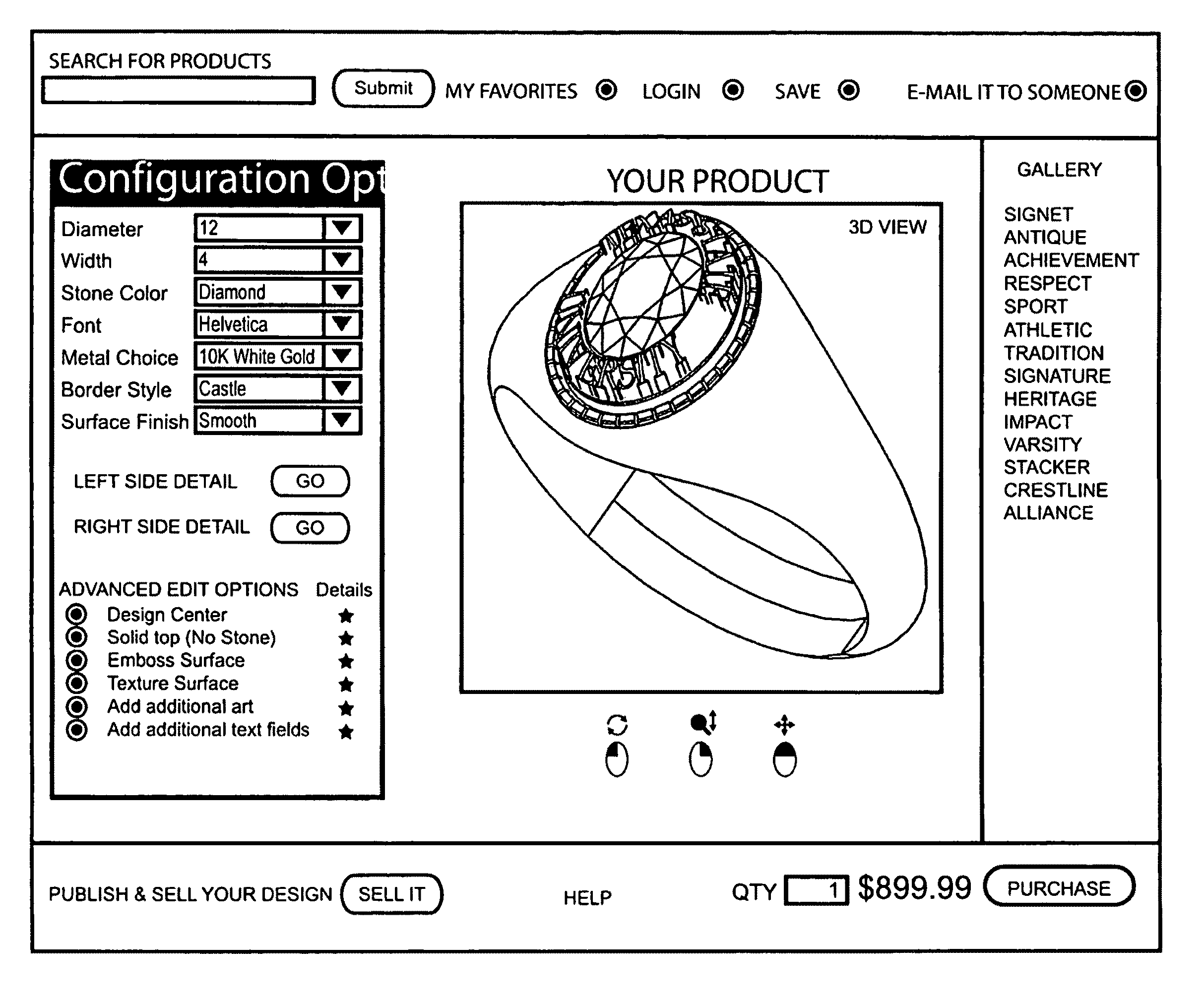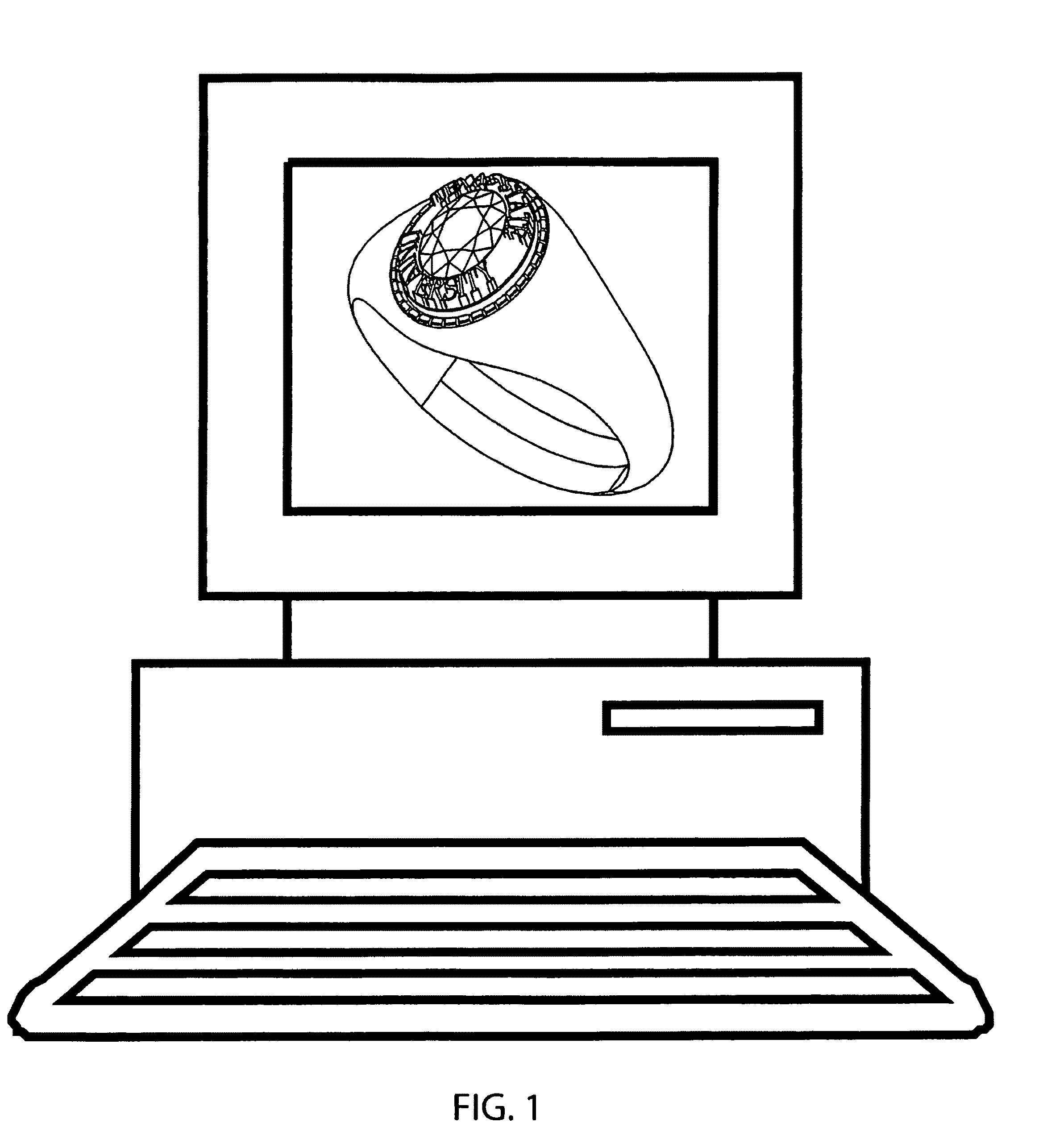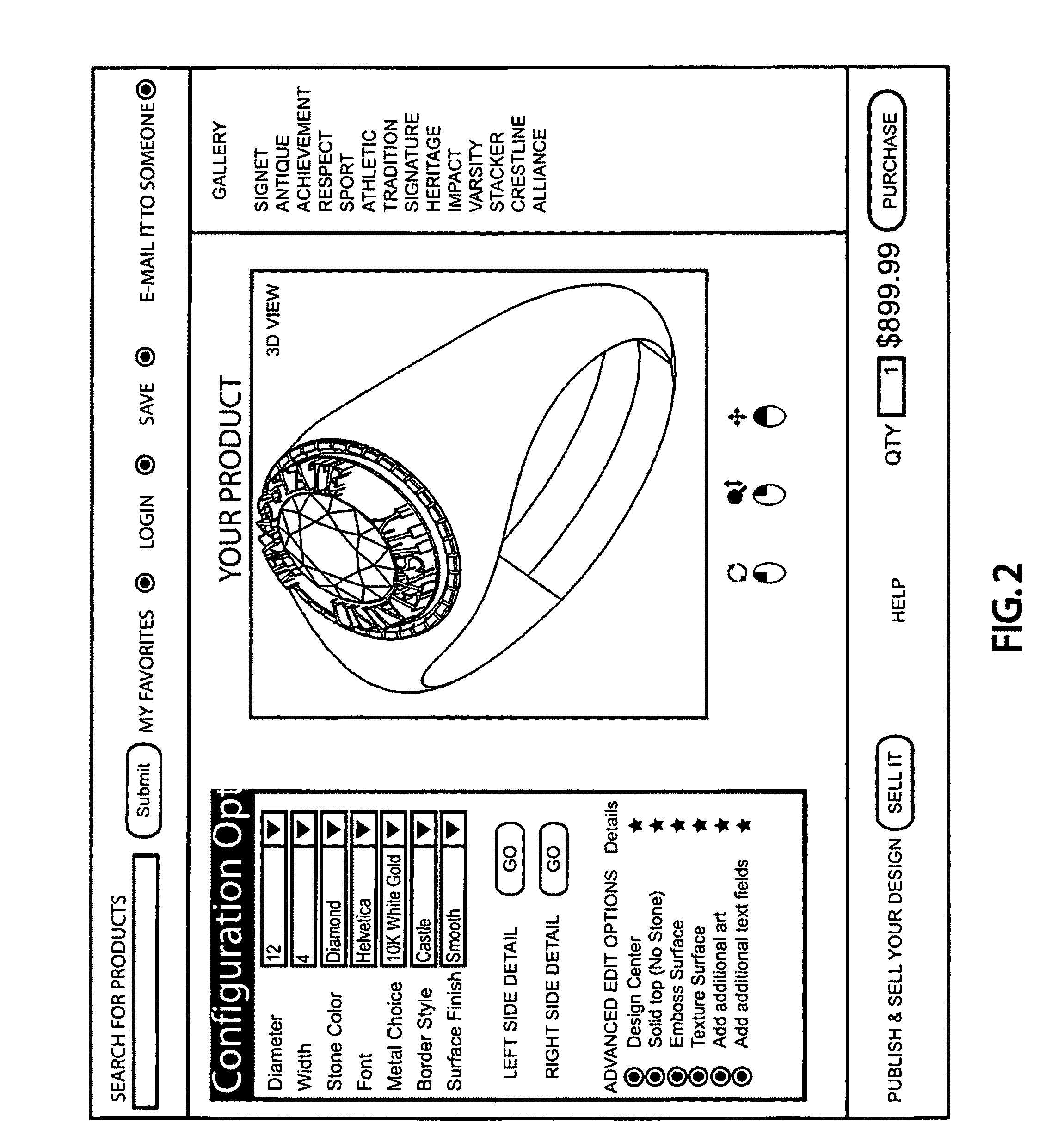Made-to-order direct digital manufacturing enterprise
a direct digital manufacturing and made-to-order technology, applied in the direction of instruments, buying/selling/leasing transactions, data processing applications, etc., can solve the problems of inability to design and analyze, relying on solidworks software, inability to meet the needs of customers, etc., to achieve the effect of improving operational performan
- Summary
- Abstract
- Description
- Claims
- Application Information
AI Technical Summary
Benefits of technology
Problems solved by technology
Method used
Image
Examples
Embodiment Construction
[0067]Embodiments of the present invention will now be described in detail with reference to the associated drawings, in which preferred embodiments are shown. This invention may, however, be embodied in varying forms and should not be construed as limited to the embodiments set forth herein; rather, these embodiments are provided so that this disclosure will be complete and thorough, and will fully convey the spirit of the invention.
[0068]FIG. 1 represents a geospatial / 3D geometry system, commonly referred to by someone skilled in the art as a computer aided design or geospatial design and configuration system or CAD system which for the intent of disclosure, is intended to be defined as a means to design a product which may be made available for customization / personalization within the present invention.
[0069]In one embodiment, the system deploying the method of the present invention, shall allow for the input of any geospatial / 3D geometry design produced in a plurality of design ...
PUM
 Login to View More
Login to View More Abstract
Description
Claims
Application Information
 Login to View More
Login to View More - R&D
- Intellectual Property
- Life Sciences
- Materials
- Tech Scout
- Unparalleled Data Quality
- Higher Quality Content
- 60% Fewer Hallucinations
Browse by: Latest US Patents, China's latest patents, Technical Efficacy Thesaurus, Application Domain, Technology Topic, Popular Technical Reports.
© 2025 PatSnap. All rights reserved.Legal|Privacy policy|Modern Slavery Act Transparency Statement|Sitemap|About US| Contact US: help@patsnap.com



